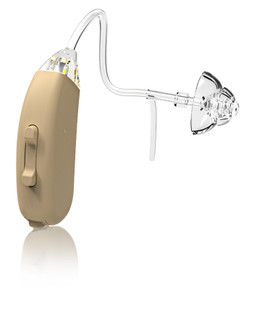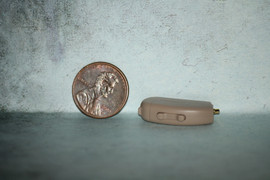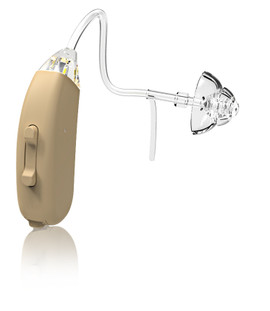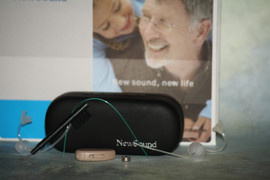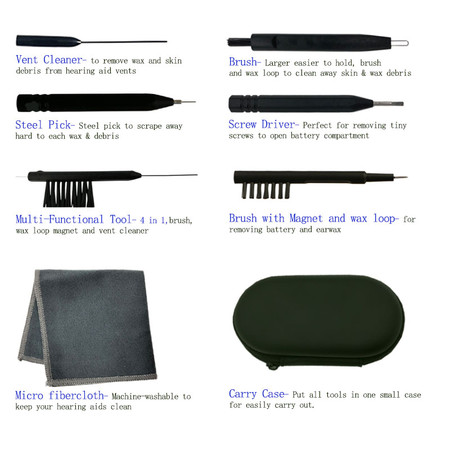How to Properly Clean and Care for Your Behind-the-Ear Hearing Aids
Posted by DR Paul on Aug 04, 2023
Hearing aids are one of the most important medical devices for people with hearing issues. They can improve the quality of life, enable better communication, and lead to a more independent lifestyle. As a hearing aid user, it's important to ensure that you are taking good care of your hearing aids, especially if you're using behind-the-ear (BTE) hearing aids. Proper cleaning and care of BTE hearing aids can help them last longer and perform optimally. In this blog post, we'll discuss the steps you need to take to clean and care for your BTE hearing aids.
Clean your hearing aid daily:
BTE hearing aids come with a tubing system that connects the hearing aid to a custom earmold that fits in your ear. It's essential to clean your hearing aids daily to remove any earwax, debris, and moisture that may clog the tubing system and affect sound quality. Use a soft, dry cloth to clean the hearing aid's exterior. Clean the tubing system with a wax pick or brush to remove any earwax buildup.
Replace the Wax Guards/Ear Tips regularly:
Wax guards are small filters on the hearing aid that protect the device from earwax and other debris. They need to be replaced every 4-8 weeks, depending on how much earwax you produce. To replace the wax guard, remove the old one from the hearing aid and discard it. Then, insert a new wax guard into the hearing aid.
Use a dehumidifier:
Moisture can damage the hearing aid's electronic components and affect its performance. Use a dehumidifier to remove any moisture that may have accumulated in the hearing aid overnight. Place the hearing aid in the dehumidifier overnight or as recommended by the manufacturer.
Protect your hearing aids from moisture:
Avoid wearing your hearing aids while swimming, showering, or participating in water-related activities. Moisture can cause damage to the hearing aid's electronic components and cause them to malfunction.
Schedule regular hearing aid maintenance appointments:
Regular maintenance appointments with an audiologist or hearing healthcare professional can ensure that your hearing aids are performing optimally. During maintenance appointments, your hearing aid provider will clean and check your hearing aids for any issues that may affect their performance.
Conclusion:
Caring for your behind-the-ear hearing aids is essential to ensure optimal performance and longevity. By following the cleaning and care tips we've outlined in this blog post, you can keep your hearing aids clean, dry, and functioning correctly. Remember to clean your hearing aids daily, replace the wax guards regularly, use a dehumidifier, protect your hearing aids from moisture, and schedule regular maintenance appointments. With proper care, your BTE hearing aids can give you years of improved hearing and a better quality of life.

